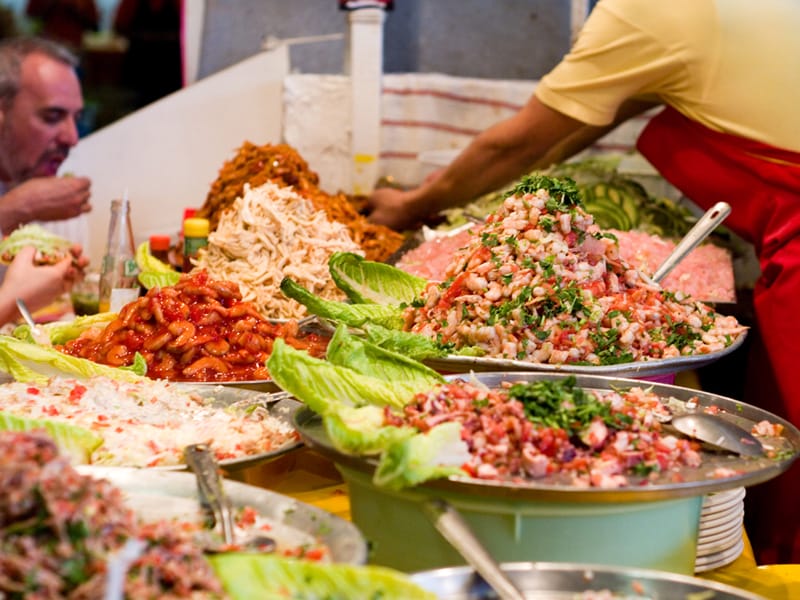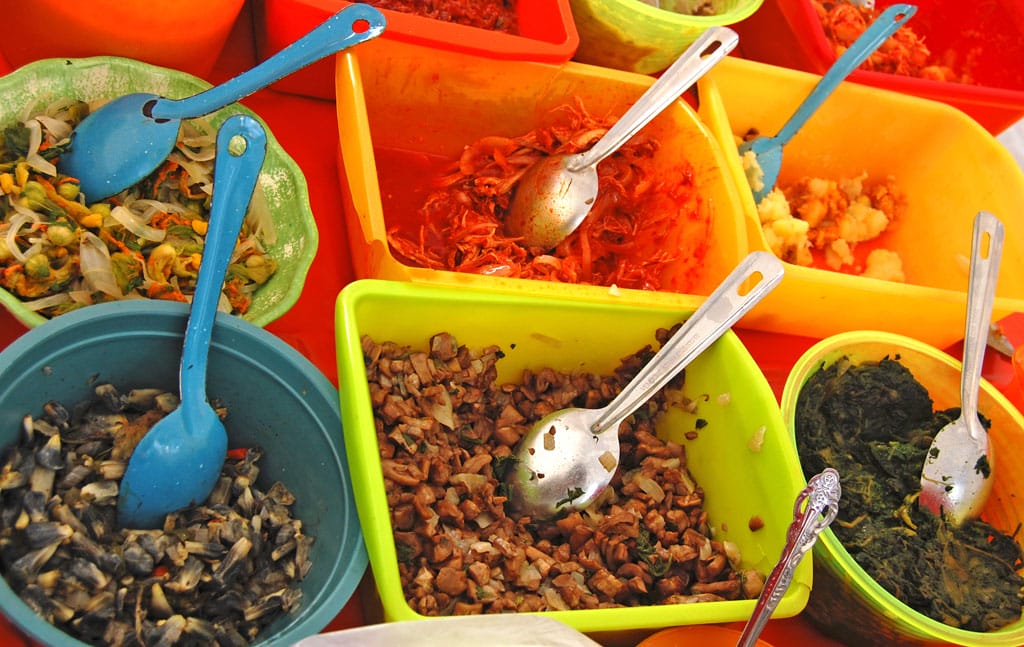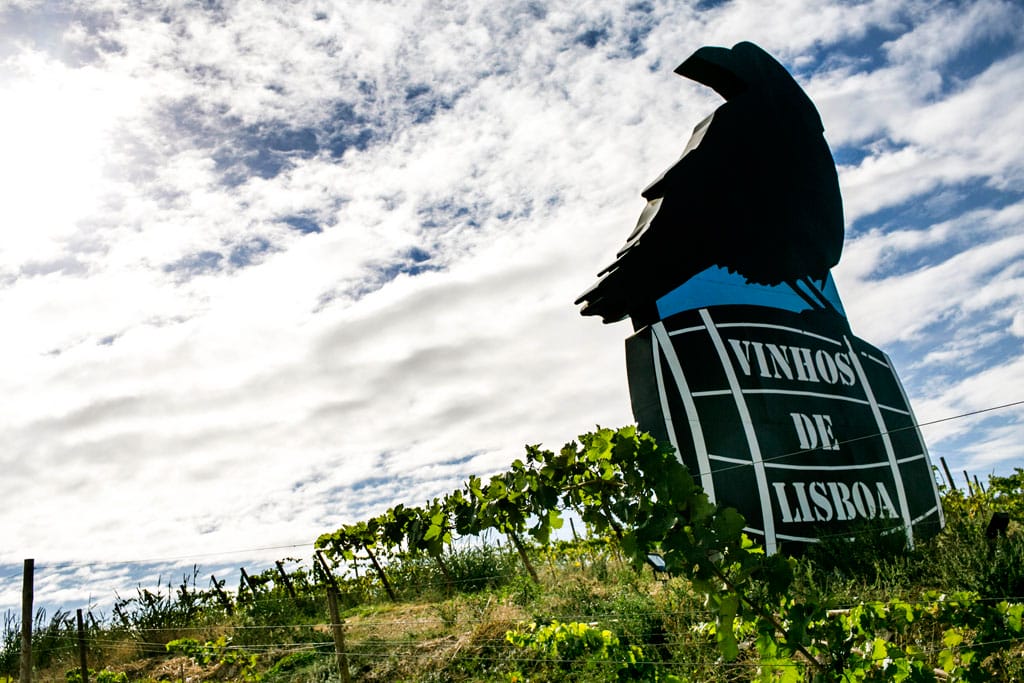Editor’s note: This week, Mexico City joins Culinary Backstreets as our fifth city. We’re delighted to launch Culinary Backstreets: Mexico City and look forward to sharing our culinary discoveries in this captivating metropolis.
The vast megalopolis of Mexico City is one of the most misunderstood and misrepresented cities in the world. Adventurous tourists are often surprised to discover a vibrant national capital filled with incredible architecture, beautiful weather and amazing food. In some ways, this scene has been playing out for 500 years.
When the Spanish arrived in what was then the capital of the Aztec Empire, Tenochtitlan, they found not a ragtag band of struggling people but a complex, large-scale civilization rivaling anything found in Europe at the time. The conquistadors were in awe of the city’s prosperity, scientific knowledge, culture and food, and of the markets that attracted up to 25,000 people every day. With a population of around 250,000, Tenochtitlan was one of the largest cities in the world during the 16th century. It was eventually destroyed and the Spanish began constructing a new city literally on top of the remains. Today, with a population approaching 9 million and another 12-14 million people in the surrounding metropolitan area, Mexico City is still one of the world’s largest cities.
Just as in Aztec times, markets remain a vital component of Mexico City’s social and culinary scene. Some of the best food anywhere in the city can be found in the sprawling markets that provide seemingly endless opportunities for shopping and trying out the latest edible concoctions. Although the foods most commonly sold at most markets are quesadillas and simple tacos, other markets specialize in different types of dishes, such as tostadas, enchiladas and tlacoyos, stuffed corn masa patties that are usually topped with diced cooked cactus, crumbled cheese and salsa.
While most Mexican food has historical roots going back to pre-Aztec times, the country’s modern-day cuisine has also been influenced by both conquering foreign nations and waves of immigration. Aside from the obvious Spanish connection, French, Italian, German, Lebanese and Central and South American influences are easy to detect. One of Mexico City’s most popular dishes, tacos al pastor, was introduced by Lebanese immigrants who brought with them techniques for roasting meat on a rotating spit. However, the main ingredients are still the same foods that have been consumed for hundreds of years, including corn, squash, beans, chilies and wild greens.
Mexico City’s food culture has not only been influenced by immigrants but by international culinary trends, and it’s possible to find restaurants offering fusion cuisine and molecular gastronomy. Yet it is authentic Mexican food and ingredients that have become most popular among the city’s chefs in recent years, leading to a wave of new, high-end restaurants offering reinterpretations of classic Mexican dishes. Researchers, chefs and writers are now focusing more on the food of our grandmothers and ancient ancestors than ever before, and they are discovering the remarkable history and flavors of one of the most unique – and popular – cuisines in the modern world. This reality is true everywhere from the city’s most exclusive restaurants down to the street stands on every corner, which are still by far the most popular way to eat in Mexico City. It is not uncommon to go to a restaurant and realize that a dish brought to the table is something an Aztec may have snacked on 500 years ago – a remarkable return to form for a cuisine that has gone through so many changes.
 November 5, 2021 Avli
November 5, 2021 Avli
For over a century, the dense downtown Exarchia neighborhood, located near the National […] Posted in Athens August 10, 2019 Building Blocks
August 10, 2019 Building Blocks
“I’m a vegetarian – what will I eat in Mexico other than beans and rice?” Taco-madness […] Posted in Mexico City September 16, 2016 Capital Grapes
September 16, 2016 Capital Grapes
September heralds the start of Portugal’s wine season, and while harvests from Alentejo […] Posted in Lisbon
Published on October 09, 2012
Related stories
November 5, 2021
AthensFor over a century, the dense downtown Exarchia neighborhood, located near the National Technical University and the Law School of Athens, has been deeply connected to the city’s students. Greece’s first student revolution took place there in 1901, resulting in the resignation of both the leading government and the Archbishop of the time. Since then,…
August 10, 2019
Mexico City“I’m a vegetarian – what will I eat in Mexico other than beans and rice?” Taco-madness has so consumed the world’s view of Mexican cuisine that the traditional mainstays of the diet often don’t get the billing they deserve. Beans, corn, squash, chilies and tomatoes are grown together in milpa farms – a biodynamic system…
Get a taste of Lisbon native wines with us!
September 16, 2016
LisbonSeptember heralds the start of Portugal’s wine season, and while harvests from Alentejo and the north usually get all the attention, many forget that Lisbon itself also offers much to try from its own soil. This old wine-producing area was previously known as Estremadura, which extends from the capital to about 100 km to the…
















































































